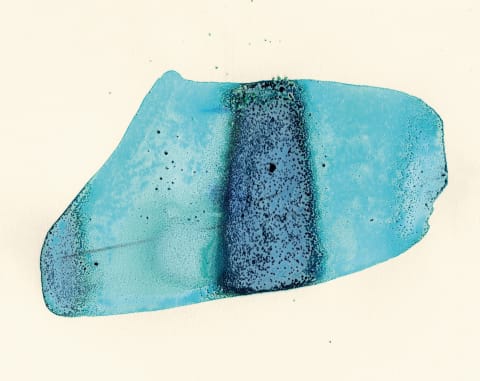I am often asked what exactly ink is. It’s not paint—which is a liquid color used mainly for creating images or covering surfaces. What distinguishes ink from other art supplies is its use as a tool for communication. People have been leaving marks with berries, burnt sticks, or colored rocks since the dawn of humanity—but the use of ink as a transmitter of language can be traced back to the first evidence of civilization in China and Mesopotamia: most often on shards of pottery, featuring markings that historians say were at first mostly accounting ledgers. Gaining the ability to permanently mark symbols on a flat surface meant that ideas could be saved, transported, and shared. Recipes, mathematical formulas, banking, poetry, music, diagrams, history, philosophy, and stories are inseparable from the history of ink. While recognizing the importance of historical printing inks, and ballpoint and fountain pens, my book Make Ink offers a method and a set of tools to make your own water-based wild inks that are best used with a dip pen or a brush, and demonstrates what those inks look like on paper. Materials Important safety note: Use rubber gloves while following this recipe, and work in a well-ventilated area. Keep both ink-in-progress and finished ink out of the reach of children and pets.



